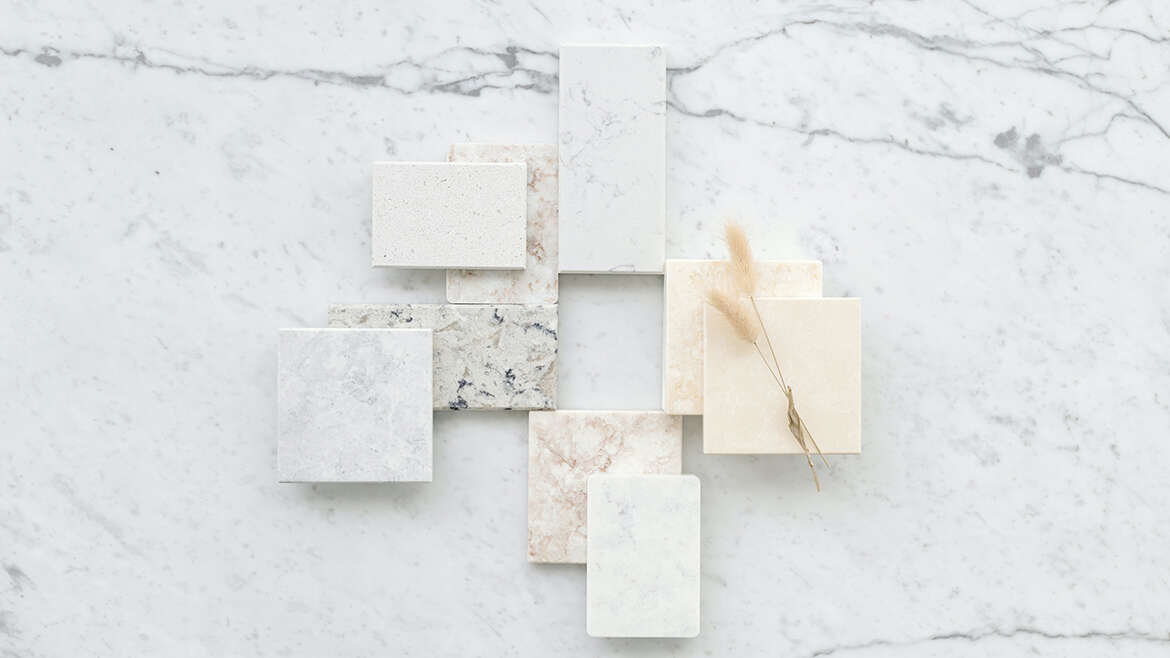Marble is one of the most luxurious of natural stones and highly preferred for its natural pattern and luster. Though marble is quarried in quite a few countries, the two most important places of origin are Italy and India. Borrowing the name of their country of origin they are broadly known as Italian and Indian marble. Homeowners are often ambiguous about which marble to choose for their home. We are detailing here the major differences between the two kinds of marbles in order to help you decide.
Source
Indian marble is extensively quarried in North India and is available in a wide variety of patterns and colours. Some well-known Indian marble include the lustrous Makrana, Safed Sangemarmar, Indian Green Marble, Jodhpur Pink Marble, Jaisalmer Yellow Marble, Onyx from Rajasthan and Ambaji from Gujarat. Andhra Pradesh and Madhya Pradesh are also extensively quarrying marble.
On the other hand, marble in Italy is quarried throughout the country, the most popular being the Apuan Alps in North-Central Italy. The precious and the most appreciated Calacatta and Statuario marble as well as the white Carrar and Bardiglio varieties are from this region. Red Verona marble comes from Veneto, Portoro from Liguria, Pietra di Trani from Apulia and Custonaci from Sicily.
Appearance & Aesthetics
Italian marble is a soft stone is known for its high lustrous sheen, pearly and crystal like luminescent appearance whereas the Indian marble is comparatively harder with medium lustre.
Colour
Indian marble is available in wide array of colours ranging from pure white to cream, black, brown, grey red, yellow, green and pink. The pure white Makrana remains a favoured choice, though the warm tones of the Jaisalmer yellow marble is not far behind.
Italian marble is available in shades of white, black, blue-grey and rose red. The most well-known varieties are the white or blue-grey marble from Carrara, the pearly shades of Botticino and the creamy white Pavonazzetto or Red Verona.
Strength & Durability
Indian marble is known for its durability as it can go up to 30 mm in thickness. Alternatively, the thickness of the Italian marble ranges between 18 to 20 mm, making it prone to hairline cracks over a period of time. Italian marble require reinforcement in the form of a thin nylon sheet as a backing during installation to provide extra strength. They are also treated with epoxy resins to make them durable. No such requirements are necessary for reinforcing Indian marble making it much easier to handle it.
Installation
Italian marble requires highly skilled craftsmen for installation due to its softness which makes it fragile. Proper supervision is needed to ensure the marble slabs are perfectly levelled otherwise they may develop deep cracks due to faulty installation. The Indian marble can be installed by craftsmen with a lesser level of knowledge and experience.
Cost
The Italian marble costs more than its Indian counterpart due to its superior quality as well as the cost of import. The price usually depends on the thickness as well as the colour and pattern of the stone and of course these traits are governed by its source of origin. The Indian marble costs between Rs. 50 to 350 per sq ft. On the other hand the Italian marble price ranges from Rs. 500 to 5000 sq ft.
Usage
Italian marble is used in high-end flooring for living areas, foyer, staircase at homes, hotels and commercial establishments. It is also a favoured stone for table-tops. On the other hand Indian marble is preferred for use in bathroom floor, walls and as kitchen countertops due to its sturdiness.
Maintenance
There is no major difference when it comes to the maintenance of Indian and Italian marbles. Both the types of stones begin to lose their lustre over a period of time and should be polished to retain their natural shine. They need to be sealed with impregnating sealers to create a protective and stain resistant surface.
Conclusion
The choice in favour of Indian or Italian marble will depend on the vision of the homeowner. We suggest you to see and study the marble along with its suitability and sustainability as also the colour, the veins and its patterns for the intended area before you decide on any particular stone.

